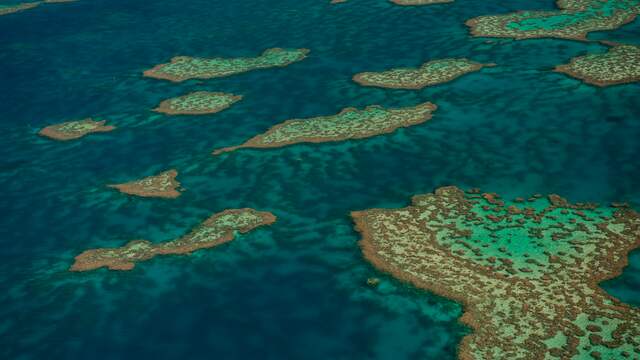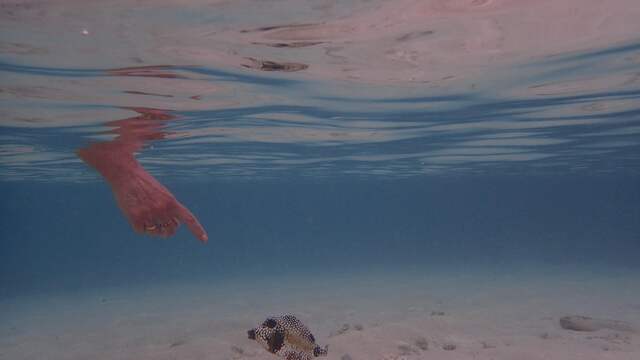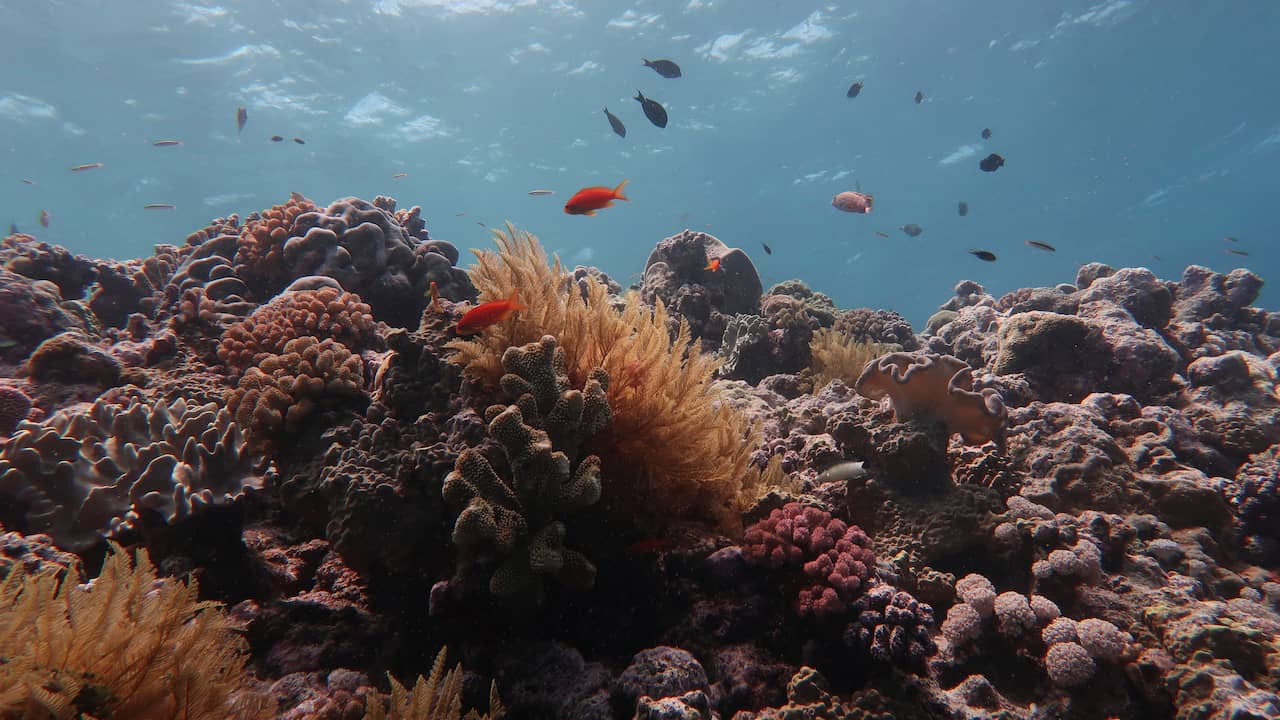Coral reefs around the world are struggling due to the rising sea temperature caused by climate change. For example, half of the Great Barrier Reef in Australia has died in twenty years. The largest coral reef in the world has now become a “second-class reef”, coral researcher Ronald Osinga told NU.nl on Thursday.
Australian researchers published one on Wednesday study showing that the amount of small, medium and large coral from the Great Barrier Reef off the Australian coast in both deep and shallow water declined by more than 50 percent between 1996 and 2017.
Osinga, affiliated with Wageningen University, says that researchers from Australia have been raising the alarm for some time and provide an annual update. What strikes him now is that deeper coral has also been affected. “We thought it was a combination of a lot of light and a high temperature, but it also hit just as hard deeper.”
“It is quite the end of the Great Barrier Reef for now, it has become a kind of second-class reef,” said Osinga. Mortality in the area is particularly high in areas affected by the high temperatures that caused massive coral bleaching in 2016 and 2017.
 –
–
–
–
–
The Great Barrier Reef near Queensland, Australia, seen from the air. (Photo: ANP)
Osinga: ‘Reef in the Caribbean has been a problem for some time now’
Osinga emphasizes that in other parts of the world the reef is in even worse condition, such as in the Caribbean. “There are good and not so good places, but the reef in the Caribbean has long been seen as a problem child.”
“We are amazed that there are still places where things are going well, there are still bright spots. A reef exists by virtue of a cohabitation contract between the coral animal and the algae. When the temperature of the water rises, the microscopic algae that live in the coral animal leave their host en masse and pale coral remains. ”The coral is still alive, but can only really survive when it quickly gets cooler again, Osinga explains .
Combating climate change and thereby making the sea water cooler is, according to Osinga, the most important factor in the survival of the reefs, but not the only one. “We see a relationship with what flows from land into the sea via the sewer or through the fertilizer use of the farmers. If there is a lot of nitrate in the water, the temperature at which bleaching occurs is 29 degrees instead of 30. “

 –
–
–
–
–
The coral reef at Bonaire is popular with tourists. (Photo: ANP)
Smaller corals that can provide new coral
According to one of the Australian authors, the Great Barrier Reef can no longer recover as well as it used to because there are fewer large corals left that can provide new coral. “A vibrant coral population consists of millions of small baby corals and many large ones – the large mothers that produce the most larvae,” said study co-author Terry Hughes.
Ronald Osinga sees that more and more is being done to protect the reefs, although that depends very much on the place. “Bonaire, for example, keeps a close watch on the coral reefs, and keeps an eye on the factors that control them. But there too live people who have an interest in tourism and large cruise ships.”
According to Osinga, the reefs have not yet been lost. “We can still enjoy the places that are doing well for a few more decades, but now it is a bit of a chore. It will take fifty to sixty years before there is a major change and we can speak of progress.”
– .


